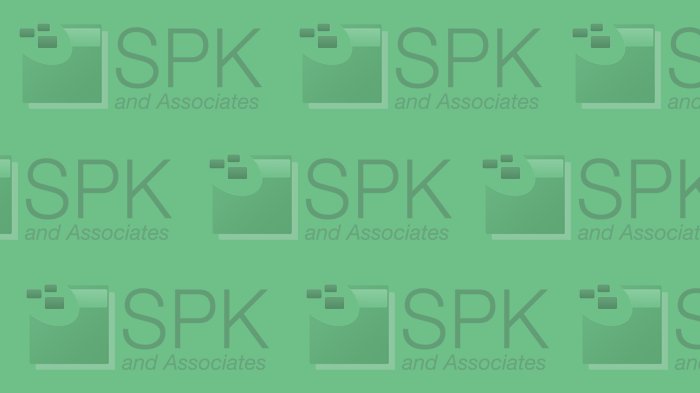The need and desire to learn, understand and develop skills in new areas applies equally to all aspects of daily life including the use and mastering of technology. To this end, how-to tutorials continue to be a fantastic tool for passing on key information. How-to blogs posts have proved to be very popular on this blog during 2012 and have covered a diverse range of topics from how to run Android using vmware player to how to create a silent installer for ANSYS 14.
1. How-to: Android 4.0 (Ice Cream Sandwich) using VMware Player
The top how-to this year looked at the steps need to run Android 4.0 on a PC. Google’s mobile operating systems supports a number of CPUs including ARM, MIPS and Intel x86. As a result of the Intel support, it is possible to run the OS on a normal PC. The safest and easiest way to do this is to run it in a virtual machine. The post describes the steps needed to configure VMWare player along with information on where to download a version of Android tweaked to run in a virtual machine.
2. How-to monitor Windows servers using Nagios and NSClient
Another popular post this year looked at the Nagios monitoring software and how to set it up to monitor Windows servers. Nagios is free and open source. It has a large online community available if you need any help and the software can be relied upon in mission critical situations.
3. How-to Setup a Local Redhat 5 Update Repository
This next post also made it into the Top 3 RedHat related posts of 2012. The article has a step-by-step guide to establishing a local repository for updating RedHat. By using a local repository, IT managers will find a reduction in the overall patching time. Also, since each machine doesn’t need to download the updates from the Internet, there is a significant drop in Internet usage.
4. How-to Conduct System Hardening Using the Defense Information Systems Agency’s (DISA) “Gold Disk”
System hardening has remained a hot topic in 2012 and will remain key for 2013. The Department of Defense has developed a process, called DIACAP (DoD Information Assurance Certification and Accreditation Process), to check that an IT system is compliant with DoD security standards. There is also a tool, called “Gold Disk” which helps admins identify and mitigate security holes. This post briefly describes DIACAP as well as providing a link to a step-by-step walk-through on how to use DISA’s “Gold Disk”.
5. How-to Create a Silent Installer for ANSYS 14
ANSYS’ engineering simulation software offers a full-featured silent install process. This key how-to post describes the command line parameters and environments variables that can be used to create a silent customized install on any target workstation.
SPK is dedicated to helping its customers achieve their business goals by using the best technology available. 2012 has been a challenging and successful year with the flow of information and knowledge that the Internet provides. 2013 will present new challenges, but by working with the best people with the key knowledge and the right experience it too can be a year of great triumph.







